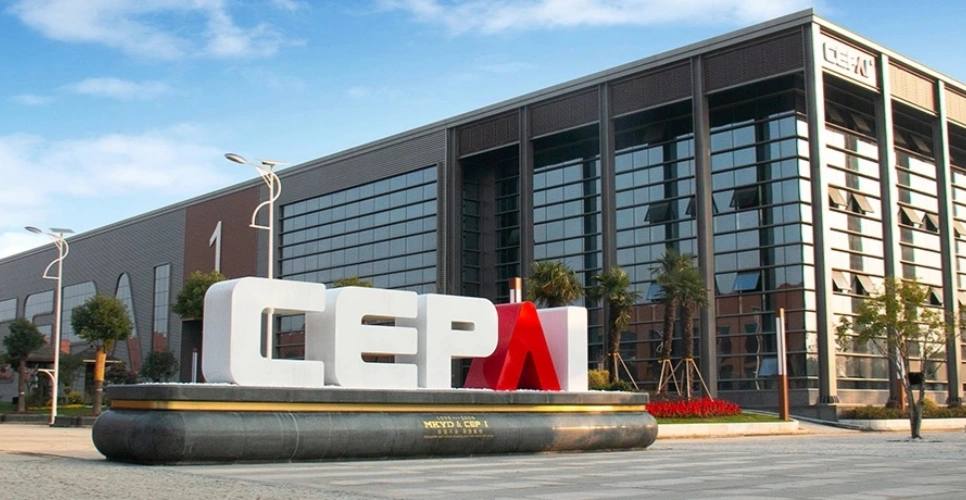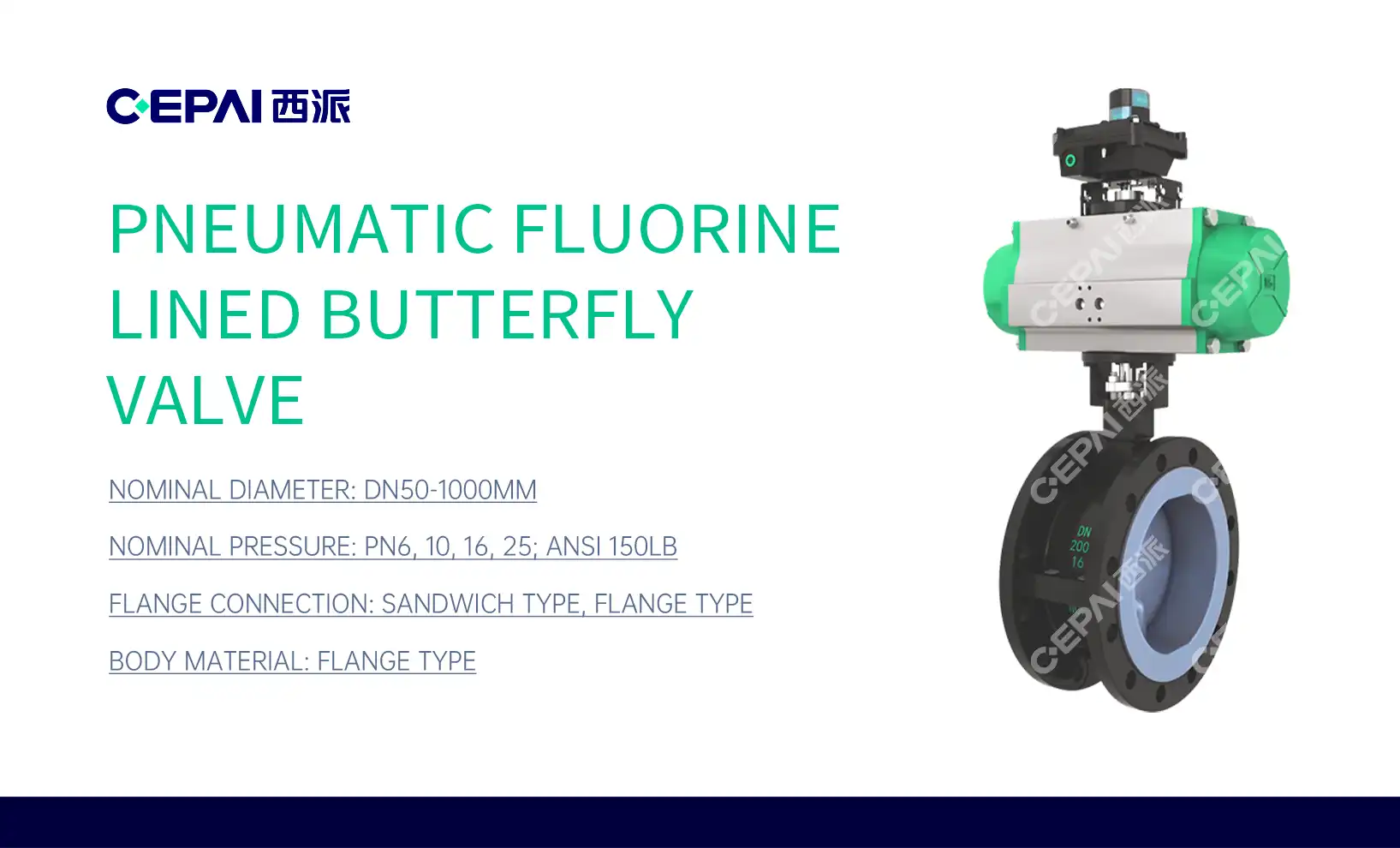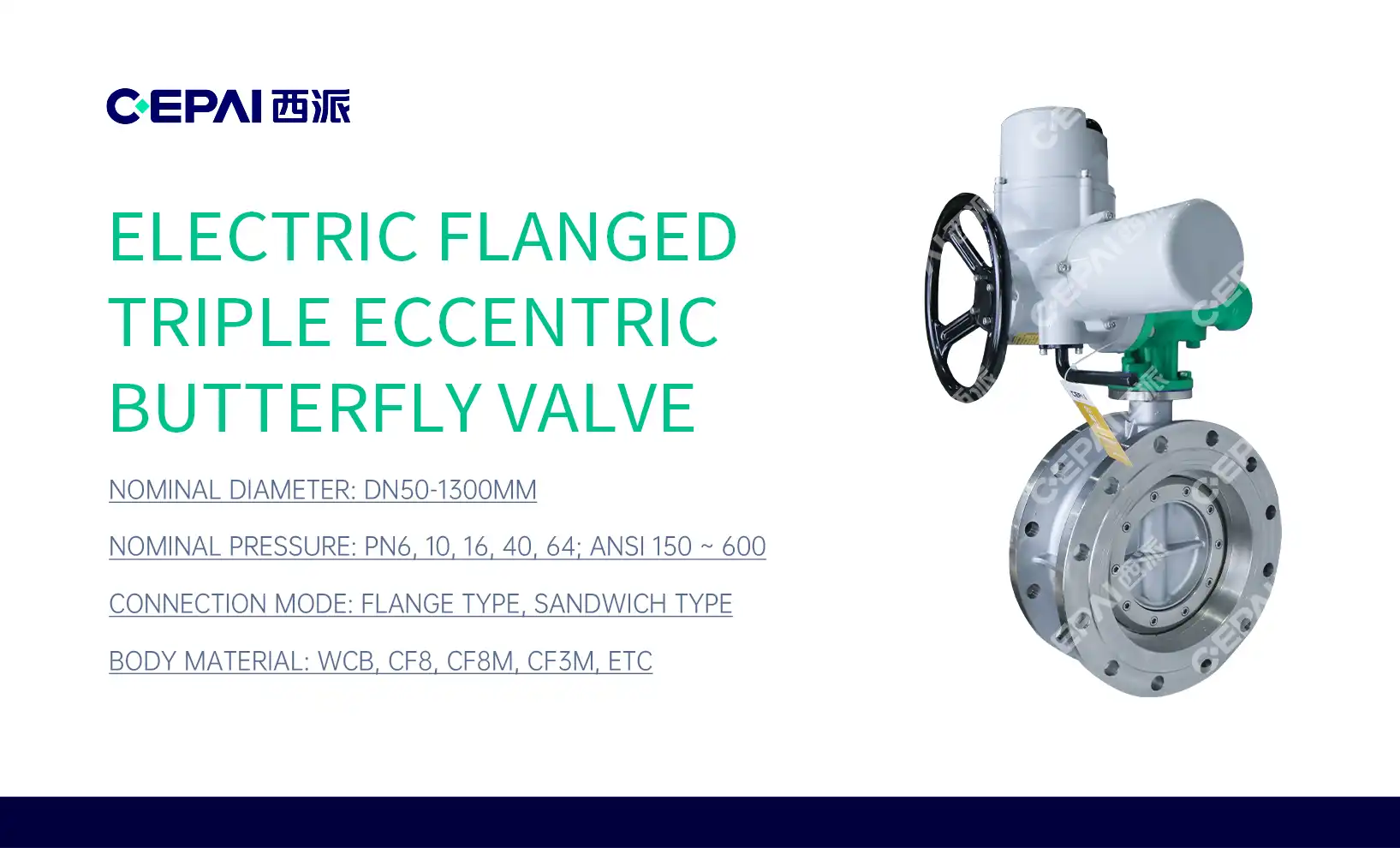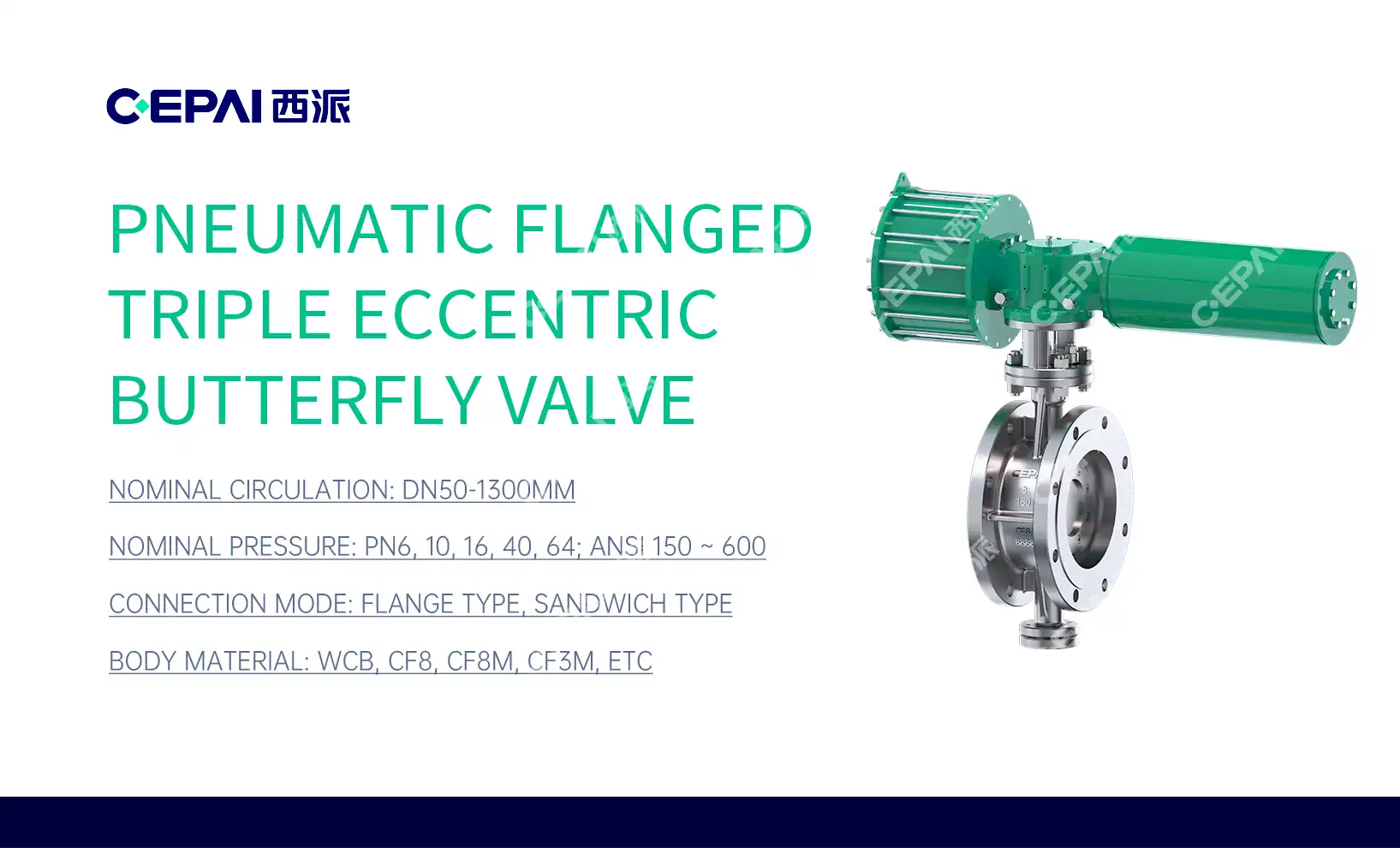Understanding Metal Seated Butterfly Valves
Design and Construction
Metal seated butterfly valves are engineered with robust materials and precise manufacturing techniques to withstand extreme conditions. The valve body and disc are typically constructed from durable metals such as stainless steel, carbon steel, or specialized alloys. The seating surfaces are machined to exacting tolerances, ensuring a tight seal even under high pressures and temperatures. This precision engineering allows metal seated butterfly valves to maintain their integrity in challenging environments where soft seated options might fail.
Performance Characteristics
One of the key advantages of metal butterfly valves is their ability to handle high-temperature applications. These valves can operate efficiently in environments exceeding 1000°F (538°C), making them suitable for steam systems, oil refineries, and power generation plants. Additionally, metal seated valves offer excellent resistance to abrasive media and can withstand higher pressures compared to their soft seated counterparts. This durability translates to longer service life and reduced maintenance requirements, particularly in harsh industrial settings.
Applications and Industries
Metal seated butterfly valves find widespread use in industries where reliability under extreme conditions is paramount. They are commonly employed in oil and gas production, chemical processing, and power generation. These valves excel in applications involving high-temperature steam, corrosive chemicals, and abrasive slurries. The aerospace and defense sectors also rely on metal seated butterfly valves for their ability to perform consistently in demanding environments. When selecting a metal seated butterfly valve, it's crucial to consider factors such as the specific alloy composition, surface treatments, and seating design to ensure optimal performance in your intended application.
Exploring Soft Seated Butterfly Valves
Materials and Construction
Soft seated butterfly valves utilize resilient materials for the seat, typically elastomers or polymers such as EPDM, Viton, or PTFE. The valve body is often made of cast iron, ductile iron, or various grades of steel, while the disc can be constructed from stainless steel or other corrosion-resistant alloys. The soft seat material is carefully selected to provide a tight seal against the disc, offering excellent shut-off capabilities. This design allows for effective isolation of flow even at lower pressures, making soft seated butterfly valves a popular choice in many industrial applications.
Operational Benefits
One of the primary advantages of soft seated butterfly valves compared to metal butterfly valves is their superior sealing ability. The resilient seat material conforms to the disc, creating a bubble-tight seal that prevents leakage even with minor imperfections in the disc surface. This tight sealing characteristic makes soft seated valves ideal for applications where zero leakage is critical. Additionally, these valves typically require lower operating torques, which can reduce actuator size and energy consumption. The softer seat material also provides some noise reduction benefits, making these valves suitable for applications where minimizing noise is a concern.
Suitable Applications
Soft seated butterfly valves are widely used in water treatment facilities, HVAC systems, and general industrial processes. They excel in applications with moderate temperatures and pressures, typically up to 400°F (204°C) and 250 psi, depending on the seat material. These valves are particularly well-suited for handling clean liquids, gases, and slurries where tight shut-off is essential. Industries such as food and beverage processing, pharmaceuticals, and municipal water systems frequently employ soft seated butterfly valves due to their reliable performance and cost-effectiveness in these environments.
Factors to Consider When Choosing Between Metal and Soft Seated Butterfly Valves
Operating Conditions
When deciding between metal and soft seated butterfly valves, carefully assess your system's operating conditions. Metal seated valves are the preferred choice for high-temperature and high-pressure applications, as well as environments with abrasive or corrosive media. If your process involves temperatures exceeding 400°F (204°C) or pressures above 250 psi, a metal seated valve is likely the better option. Conversely, soft seated valves are ideal for moderate conditions and applications requiring frequent cycling, as their resilient seats can withstand repeated open-close operations without degradation.
Media Compatibility
The type of media flowing through your system plays a crucial role in valve selection. Metal seated butterfly valves, including the metal butterfly valve, are well-suited for handling aggressive chemicals, abrasive slurries, and high-temperature fluids that might degrade soft seat materials. However, if your application involves clean water, air, or mild chemicals, a soft seated valve may provide adequate performance at a lower cost. It's essential to consult chemical compatibility charts and manufacturer recommendations to ensure the chosen valve material can withstand long-term exposure to your process media.

Maintenance and Lifecycle Costs
While metal seated butterfly valves typically have a higher initial cost, they often offer lower lifecycle expenses due to their durability and resistance to wear. These valves require less frequent maintenance and replacement, making them cost-effective for long-term operations in harsh environments. Soft seated valves, although less expensive upfront, may necessitate more frequent seat replacements or repairs, especially in demanding applications. When evaluating lifecycle costs, consider factors such as downtime for maintenance, replacement part availability, and the potential impact of valve failure on your overall process.
Conclusion
Choosing between metal seated and soft seated butterfly valves requires a thorough understanding of your specific application requirements and operating conditions. Metal butterfly valves excel in harsh environments, offering superior durability and resistance to extreme temperatures and pressures. Soft seated valves provide excellent sealing capabilities and cost-effectiveness for less demanding applications. By carefully considering factors such as operating conditions, media compatibility, and long-term maintenance costs, you can select the optimal butterfly valve type that ensures reliable performance and efficiency in your industrial processes.
FAQ
1. What is the main difference between metal seated and soft seated butterfly valves?
Metal seated valves use metal-to-metal contact for sealing and are suitable for extreme conditions, while soft seated valves use resilient materials for tight sealing in moderate environments.
2. Can metal seated butterfly valves handle higher temperatures than soft seated ones?
Yes, metal seated valves can typically withstand temperatures exceeding 1000°F (538°C), while soft seated valves are generally limited to around 400°F (204°C).
3. Are soft seated butterfly valves more cost-effective?
Initially, yes. However, in harsh conditions, metal seated valves may offer lower lifecycle costs due to their durability and reduced maintenance requirements.
Expert Butterfly Valve Solutions | CEPAI
At CEPAI Group, we specialize in providing top-quality metal butterfly valves and soft seated options tailored to your specific needs. As a leading manufacturer and supplier, we offer a comprehensive range of valves designed to meet the most demanding industrial applications. Our state-of-the-art manufacturing facilities and rigorous quality control ensure that every valve meets the highest standards of performance and reliability. Whether you need a durable metal seated butterfly valve for extreme conditions or a cost-effective soft seated solution, our team of experts is ready to assist you in selecting the perfect valve for your project. Contact us at cepai@cepai.com to discuss your valve requirements and experience the CEPAI difference in quality and service.

References
Smith, J. (2022). "Advanced Valve Technologies in Industrial Applications." Journal of Fluid Engineering, 45(3), 178-192.
Johnson, A. R. (2021). "Comparative Analysis of Metal and Soft Seated Butterfly Valves." Industrial Process Control Quarterly, 33(2), 89-104.
Thompson, L. M. (2023). "Materials Science in Valve Manufacturing: Innovations and Challenges." Materials Today: Proceedings, 58, 1245-1260.
Garcia, R. et al. (2022). "Lifecycle Cost Analysis of Industrial Valves: A Case Study." Journal of Manufacturing Technology Management, 33(4), 621-638.
Wilson, K. D. (2021). "Advancements in Butterfly Valve Design for Extreme Environments." Chemical Engineering Progress, 117(9), 45-53.
Lee, S. H. & Park, J. Y. (2023). "Performance Evaluation of Soft-Seated vs. Metal-Seated Butterfly Valves in Various Industrial Applications." International Journal of Pressure Vessels and Piping, 202, 104562.





